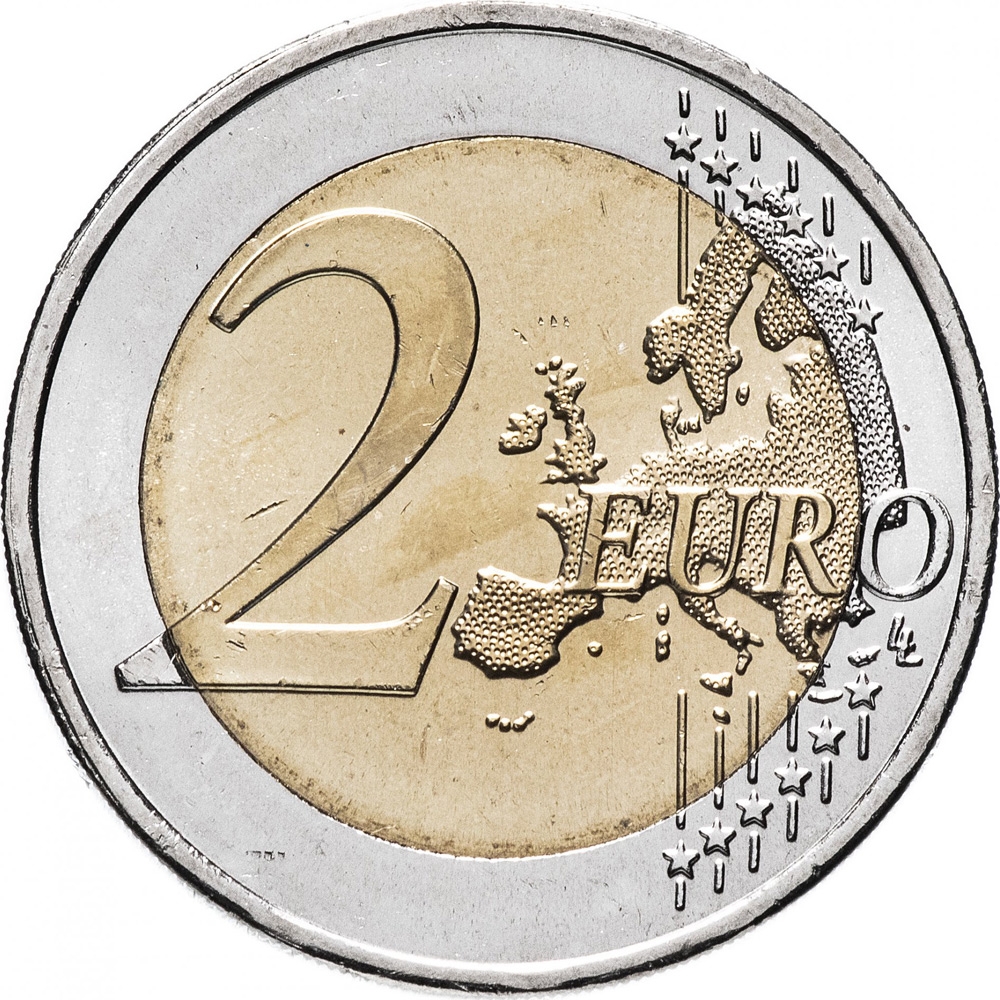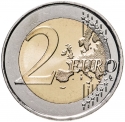You are about to finish your registration. Please check your mailbox (including spam folder). There should be a letter with a confirmation link. Check setting to make sure that your e-mail address is correct.
Send letter againDescription
The Magellan–Elcano circumnavigation was the first voyage around the world in human history. It was a Spanish expedition that sailed from Seville in 1519 under the command of Ferdinand Magellan, a Portuguese, in search of a maritime path from Spain to East Asia through the Americas and across the Pacific Ocean.
Following Magellan's death in Mactan (Philippines) in 1521, Juan Sebastián Elcano took command of the ship Victoria, sailing from Borneo, the Spice Islands and back to Spain across the Indian Ocean, round the Cape of Good Hope and north along the west coast of Africa. They arrived in Spain three years after they left, in 1522.
The Spanish fleet, the Armada de Molucca, that left Spain on 20 September 1519 consisted of five ships with 270 men: Trinidad under Magellan, Captain General; San Antonio under Juan de Cartagena; Concepcion under Gaspar de Quesada; Santiago under João Serrão; and Victoria under Luiz Mendoza. The circumnavigation was completed by one ship, Victoria, under the command of Juan Sebastián Elcano and a crew of 18 men, which returned to Spain on 6 September 1522. They were the first men to circumnavigate the globe in a single expedition.
Obverse

|
Depicts a portrait Ferdinand Magellan surrounded by the inscriptions "2019 Portugal", "Circumnavigation" and "1519 Ferdinand Magellan" in Portuguese. 2019 • PORTUGAL |
|---|---|
Reverse

|
A geographical map of Western Europe spans the outer ring and inner core on the right side of the coin. The inscription 2 EURO is superimposed over the map of Europe, with the numeral “2” located in an open field representing the eastern Atlantic Ocean. 2 EURO |
| Edge |
The edge design features the seven castles and five coats of arms also found on the national side, all equally spaced. |
Swap now (5 offers)
Characteristics
| Type | Commemorative Issue (Circulating) |
| Material | Bi-Metallic |
| Ring | Cupronickel |
| Center | Nickel Brass |
| Weight | 8.5 g |
| Diameter | 25.75 mm |
| Thickness | 2.2 mm |
| Shape |
|
| Alignment | Medal |
| Mint |
Portuguese Mint and Official Printing Office (INCM)
|
Related coins
500th Anniversary of the Magellan–Elcano Circumnavigation



